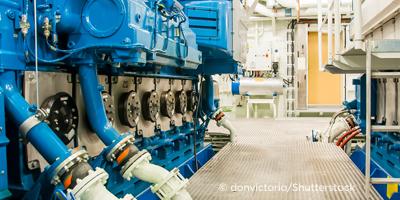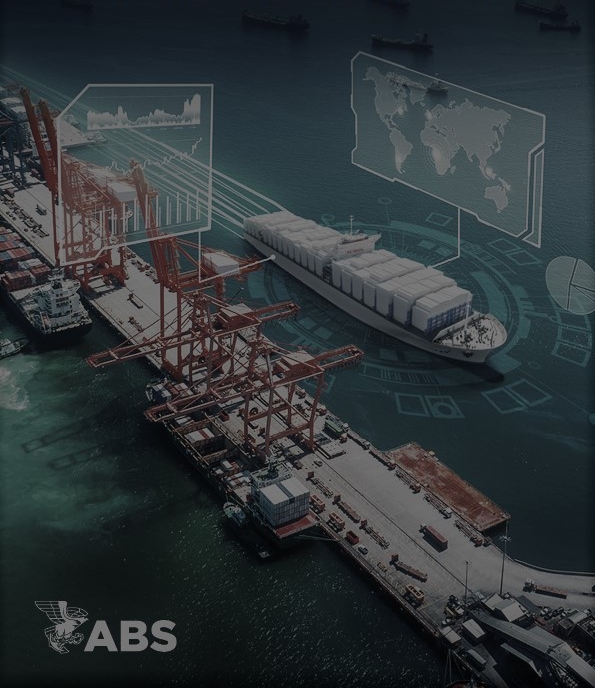Additive manufacturing, commonly referred to as 3D printing, is transforming the manufacturing landscape. By building parts layer by layer, this innovative technology can accelerate production, reduce supply chain complexity and shorten lead times for specialized and intricate components. It can enable greater efficiency and improved part availability, all fueled by cutting-edge design capabilities and reduced manufacturing timelines.
This advanced approach to production can be ideal for creating small batches of parts locally and cost-effectively compared to traditional methods. Additive manufacturing also unlocks new possibilities for intricate design features that would otherwise be too expensive or impractical to produce through conventional processes like casting or forging techniques.
The ABS Requirements for Additive Manufacturing serves as a comprehensive roadmap for qualifying components and the systems used to fabricate them. Covering a range of technologies, including powder bed fusion and directed energy deposition, these Requirements support manufacturers in meeting the necessary standards for additive design, feedstock materials, building processes and rigorous inspection and testing protocols.
Through these Requirements, ABS introduces a structured approval and certification process aimed at additive manufacturing facilities and components. This framework establishes clear standards for design excellence, material usage and repeatable quality practices.
A key aspect of the ABS Guide is its focus on providing design owners and manufacturers with tools to refine process definitions for dependable and consistent outcomes. The Guide embraces the adaptability inherent to additive manufacturing, offering pathways for rapid changes and modifications without compromising the integrity of the final product.
By adopting ABS standards for additive manufacturing, stakeholders can pave the way for more efficient processes, groundbreaking innovations and reliable solutions in modern fabrication.





































